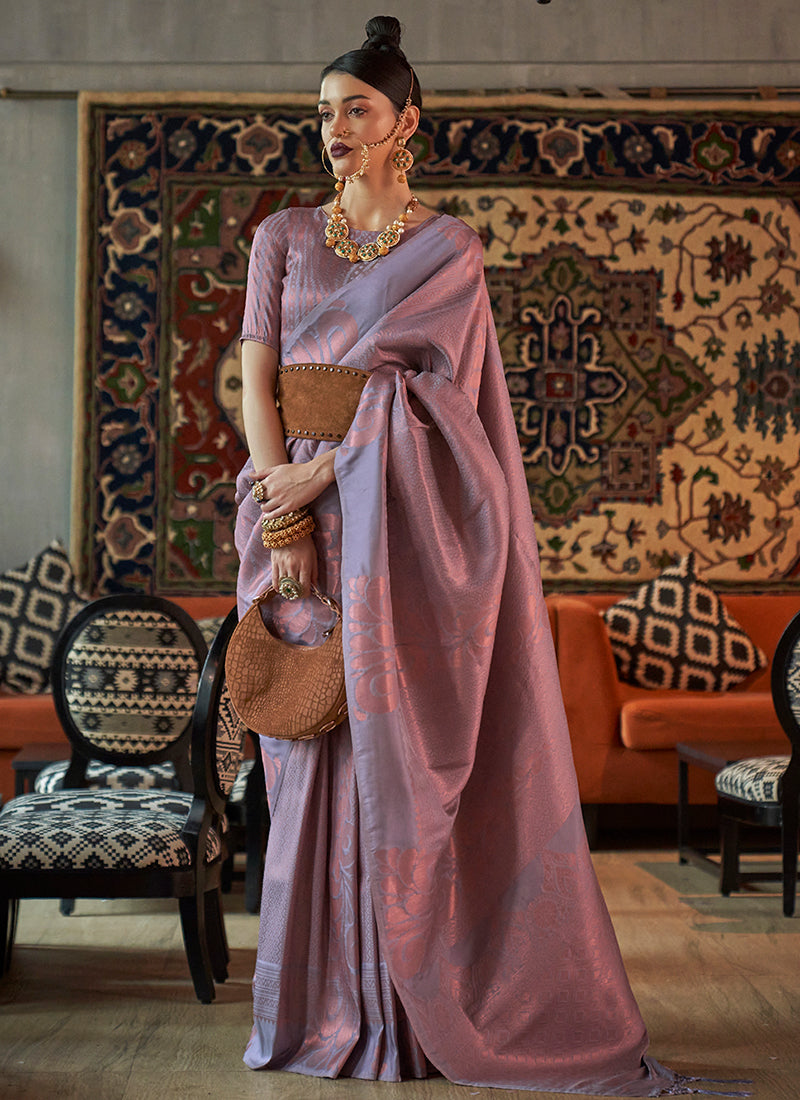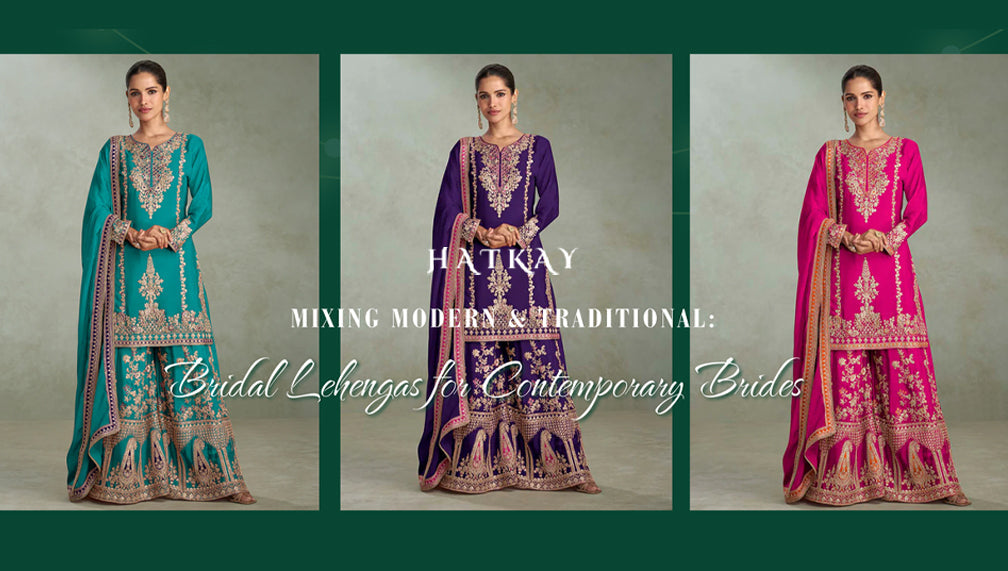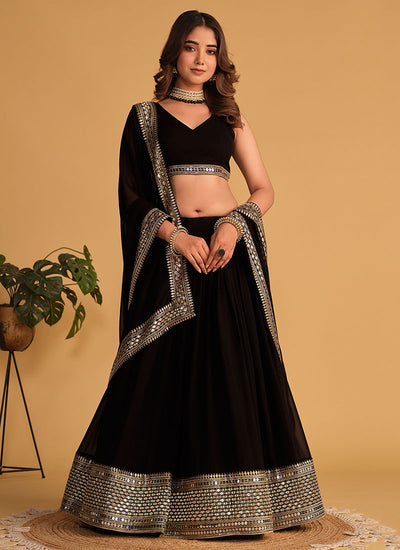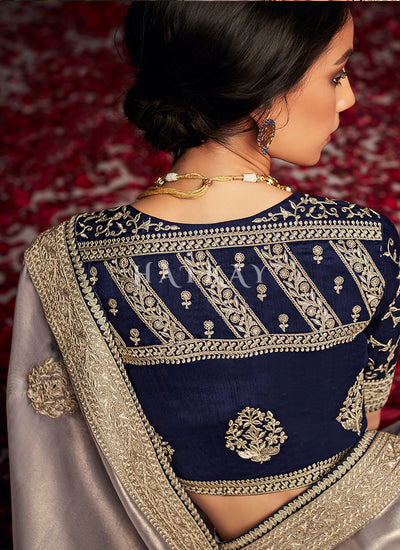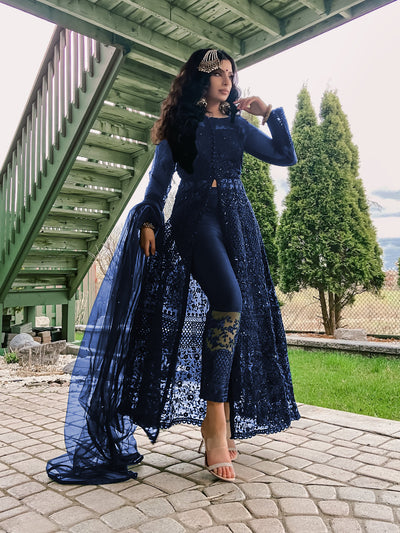
Decoding the Art of Draping: All About Indian Sarees
The elegance of Indian sarees goes beyond mere fabric; it is an intricate dance of tradition, culture, and artistry. In this comprehensive exploration, we embark on a journey to decode the art of draping, unraveling the rich tapestry of Indian sarees. From the historical significance to regional variations and contemporary trends, this article delves deep into the multifaceted world of one of India's most iconic garments.
The Origins of Indian Sarees:
To truly understand the art of draping, we must delve into the origins of Indian sarees. Rooted in ancient history, sarees have been an integral part of India's cultural landscape for thousands of years. Tracing its roots to the Indus Valley Civilization, the saree has witnessed a fascinating evolution, adapting to changing times while retaining its timeless appeal.
Cultural Significance:
The draping style of a saree often holds cultural significance, with each region boasting its unique method of donning this six to nine yards of grace. From the elaborate Nivi style of Andhra Pradesh to the modest Seedha Pallu of Gujarat, each drape tells a story of cultural heritage, social norms, and identity.
Types of Indian Sarees:
The diversity of India is beautifully reflected in its sarees. From the Banarasi silk of Uttar Pradesh to the Kanjeevaram silk of Tamil Nadu, each saree type has its own distinctive features, weaving techniques, and motifs. This section of the article provides a detailed exploration of some of the most celebrated Indian sarees, offering insights into their craftsmanship and symbolism.
Artistry in Weaving and Embellishments:
The artistry of Indian sarees extends beyond the mere act of draping. Weaving techniques like Jamdani, Patola, and Bandhani showcase the mastery of skilled artisans. Delicate embroidery, intricate zari work, and vibrant embellishments add a layer of opulence to these garments. Understanding the craftsmanship involved enhances our appreciation for the art of draping.
Draping Styles and Techniques:
The way a saree is draped varies not only from region to region but also based on occasions. From the everyday Nivi drape to the elaborate Gujarati and Maharashtrian styles, each draping technique reflects the cultural nuances and traditions of the wearers. This section provides a step-by-step guide to popular draping styles, catering to both traditional and contemporary preferences.
Contemporary Trends:
In the ever-evolving world of fashion, Indian sarees have seamlessly adapted to modern tastes while retaining their traditional charm. Designers experiment with fabrics, colors, and draping styles to create fusion sarees that appeal to a global audience. The resurgence of handloom sarees and sustainable fashion adds a contemporary touch to this timeless garment.
The Global Impact:
As the world becomes more interconnected, Indian sarees are making waves on the global fashion scene. Celebrities gracing international red carpets in exquisite sarees and fashion enthusiasts embracing this cultural attire contribute to its global popularity. This section explores the global impact of Indian sarees, celebrating their journey from local attire to international style statements.
In conclusion, the art of draping Indian sarees is a testament to the rich cultural heritage, craftsmanship, and timeless elegance embedded in these garments. As we decode the intricacies of draping styles, delve into regional variations, and witness the fusion of tradition and modernity, we gain a profound appreciation for the enduring allure of Indian sarees. Whether worn on festive occasions, weddings, or as a fashion statement, the saree continues to be a symbol of grace and sophistication, transcending boundaries and captivating hearts worldwide.
Purchase Indian clothes such as Salwar Kameez, Indian Sarees, Lehenga Choli, Anarkali Suits, Punjabi Suits, and more from Hatkay today at the most competitive market prices.













